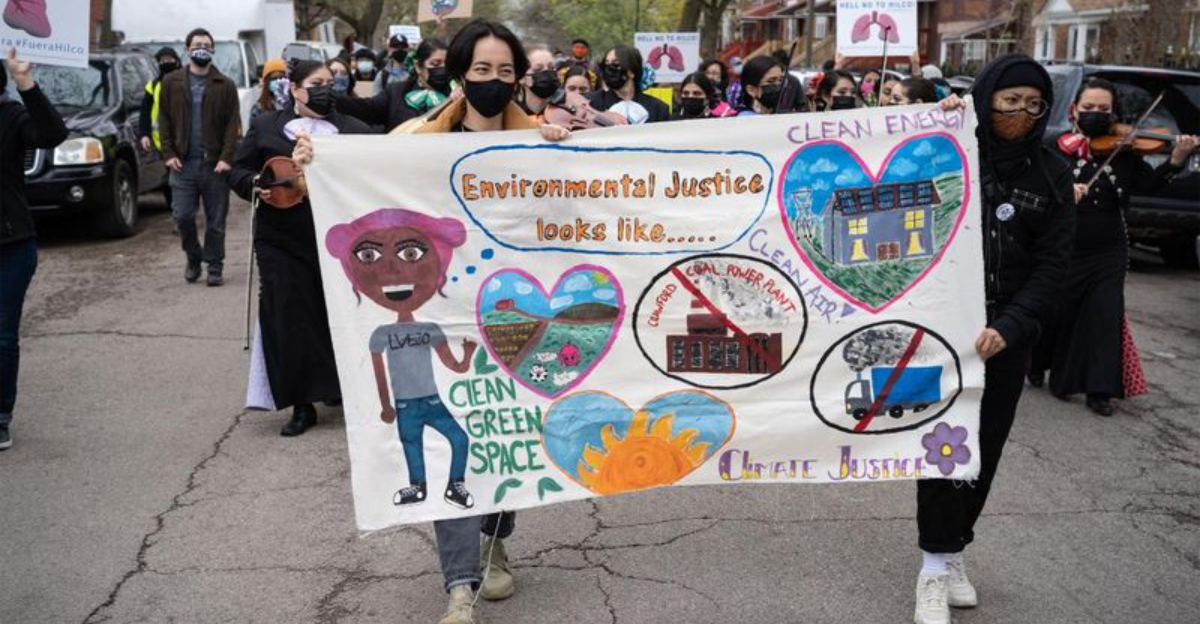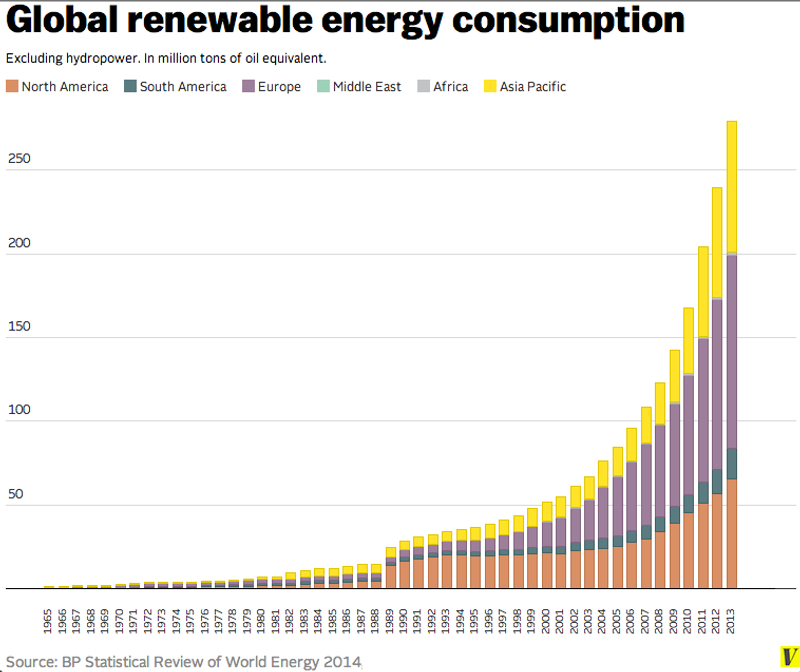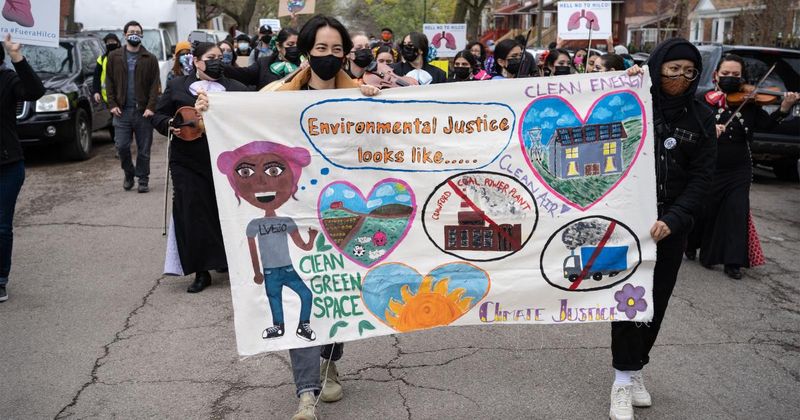Earth Day, since its inception in 1970, has sparked numerous environmental changes worldwide. From policy reforms to technological advancements, the journey has been remarkable. Let’s explore ten pivotal changes that have emerged since the first Earth Day celebration.
1. New Federal Protections & Agencies
In 1970, the inaugural Earth Day witnessed a massive mobilization of 20 million Americans. This movement spurred the U.S. Congress to establish the Environmental Protection Agency in December 1970. Over the following years, foundational environmental laws were enacted. The National Environmental Policy Act in 1970 set the stage for environmental assessments. The Clean Air Act of the same year aimed to curb air pollution. These legislative milestones marked the beginning of a new era of environmental awareness and protection. Each act has played a significant role in safeguarding the planet for future generations.
2. Cleaner Air, Longer Lives
Since 1970, amendments to the Clean Air Act have significantly reduced key air pollutants by about 60%. This reduction has directly contributed to a healthier atmosphere and longer life expectancies for the average U.S. citizen. Today, Americans enjoy an average of 1.5 extra years of life, thanks to cleaner air. This achievement reflects the critical relationship between environmental policy and public health. Cleaner air not only improves quality of life but also underscores the importance of ongoing legislative support to maintain and enhance these benefits.
3. Ozone Layer on the Mend
The 1987 Montreal Protocol was a landmark agreement that phased out the use of harmful chlorofluorocarbons (CFCs). Today, satellite data reveal the steady healing of the Antarctic ozone hole, a success story of global cooperation. Scientists project a full recovery by the mid-21st century. This remarkable turnaround underscores the power of international collaboration in addressing environmental challenges. It also highlights how science-driven policies can reverse damaging trends and restore balance to our planet’s delicate ecosystems.
4. Rivers & Lakes Reborn
Since the passage of the 1972 Clean Water Act, the restoration of U.S. waterways has been profound. The number of water bodies meeting quality standards has doubled, transforming neglected rivers and lakes into thriving ecosystems. Iconic waters, like the Cuyahoga River and the Great Lakes, have seen remarkable revivals. These transformations have revitalized communities, supported biodiversity, and encouraged recreational activities. Such successes demonstrate the impact of legislative action and community involvement in protecting our natural resources.
5. Endangered Species Come Back
The Endangered Species Act has been instrumental in the revival of over 100 U.S. species. Iconic animals, such as the bald eagle and wood stork, have made significant comebacks, showcasing the act’s effectiveness. This legislation has provided critical protections that foster the recovery of endangered species. By prioritizing habitat conservation and recovery plans, these species have been given a second chance. The success stories of these animals serve as powerful reminders of the importance of protective regulations in maintaining biodiversity.
6. Renewables Rise to 30% of Electricity
In 2023, renewable energy sources provided more than 30% of global electricity. This shift marks a significant departure from 1970, when renewables were virtually nonexistent. The growth of wind, solar, hydro, and geothermal energy reflects global efforts to reduce reliance on fossil fuels. This transition not only helps mitigate climate change but also supports sustainable economic growth. As technology advances, renewable energy continues to offer promising solutions to the world’s energy challenges, setting the stage for a greener future.
7. CO₂ Levels Soar
Since 1970, atmospheric CO₂ levels have surged from about 325 ppm to a record 424 ppm in 2023. This nearly 31% increase underscores the urgent climate emergency we face today. Rising CO₂ levels contribute to global warming, influencing weather patterns and sea levels. Addressing this challenge requires immediate and sustained efforts to reduce emissions. The stark rise in CO₂ highlights the need for comprehensive climate policies and individual actions to curb emissions and protect our planet for future generations.
8. From National to Global Movement
What started with 20 million Americans has grown into an annual event involving over a billion participants worldwide. By 2025, Earth Day is expected to engage people from 192 countries, reflecting its transformation into a global movement. This expansion emphasizes the universal recognition of environmental challenges and the collective responsibility to address them. Earth Day now serves as a platform for raising awareness, influencing policies, and inspiring action across the globe, uniting people in a shared commitment to protect our planet.
9. Environmental Justice in Focus
In recent years, Earth Day themes have increasingly highlighted environmental justice, addressing systemic inequalities. Marginalized groups and Global South nations often bear the brunt of pollution and climate impacts. These themes emphasize the need for equitable solutions that consider social and environmental dimensions. By focusing on justice, Earth Day fosters inclusive dialogue and empowers those most affected to lead change. The shift towards environmental justice reflects a broader understanding that true sustainability must include all voices and perspectives.
10. Solar Costs Plummet
The cost of solar photovoltaic electricity has dramatically decreased by over 90% since 1970. This reduction has made solar energy one of the most affordable power sources worldwide. The rapid deployment of solar panels has been fueled by technological advancements and economies of scale. As solar energy becomes increasingly accessible, it continues to drive the transition towards renewable energy. The affordability of solar power not only benefits the environment but also offers economic opportunities, making it a pivotal element in the global energy landscape.










